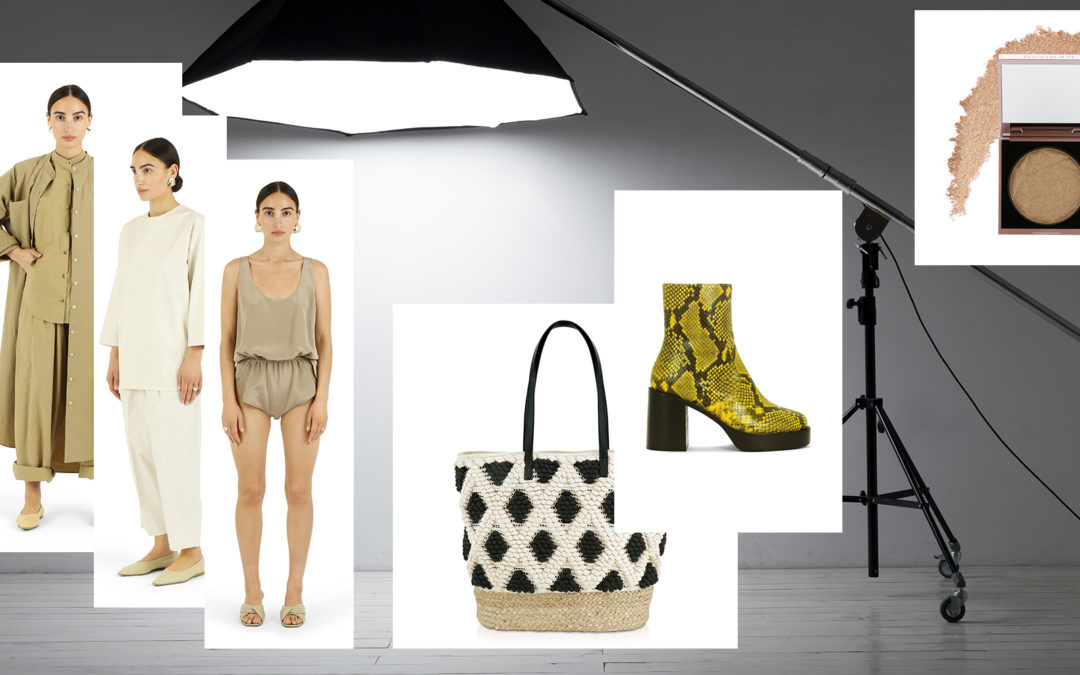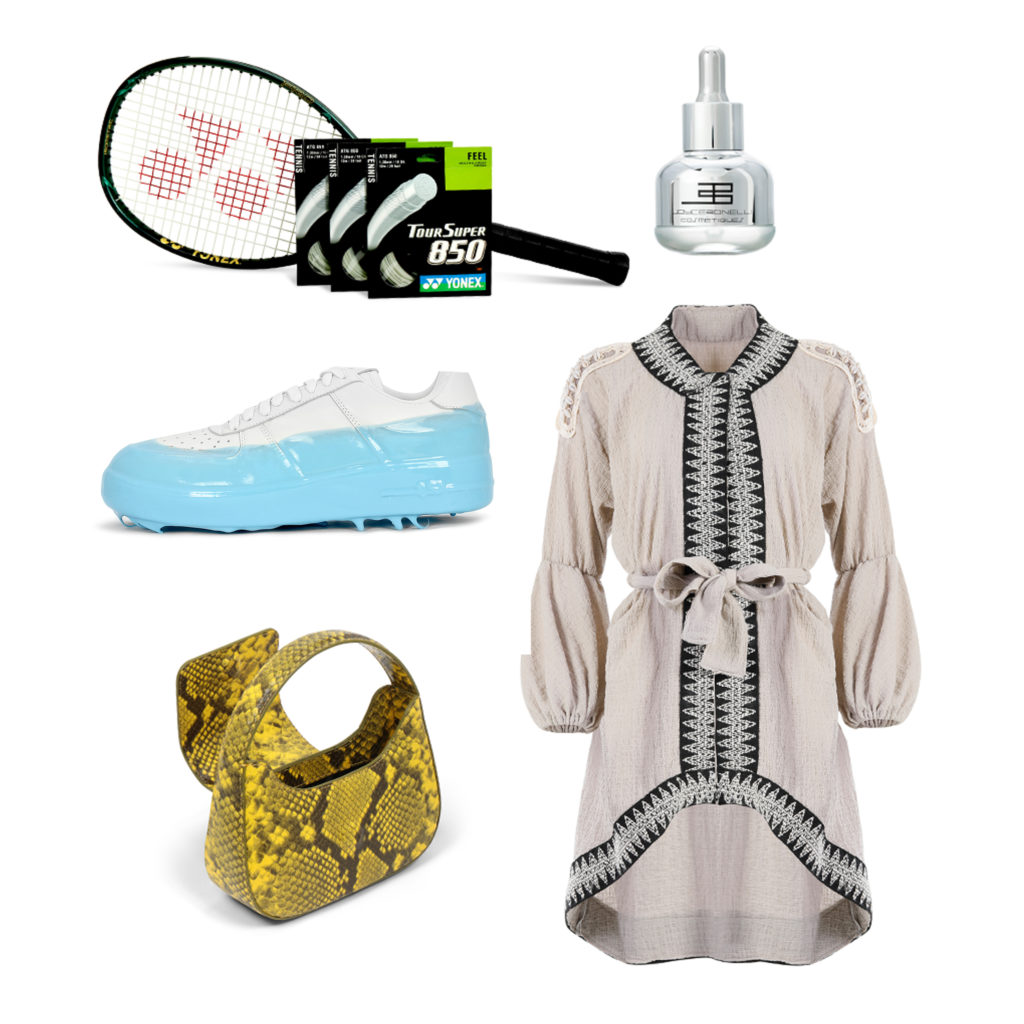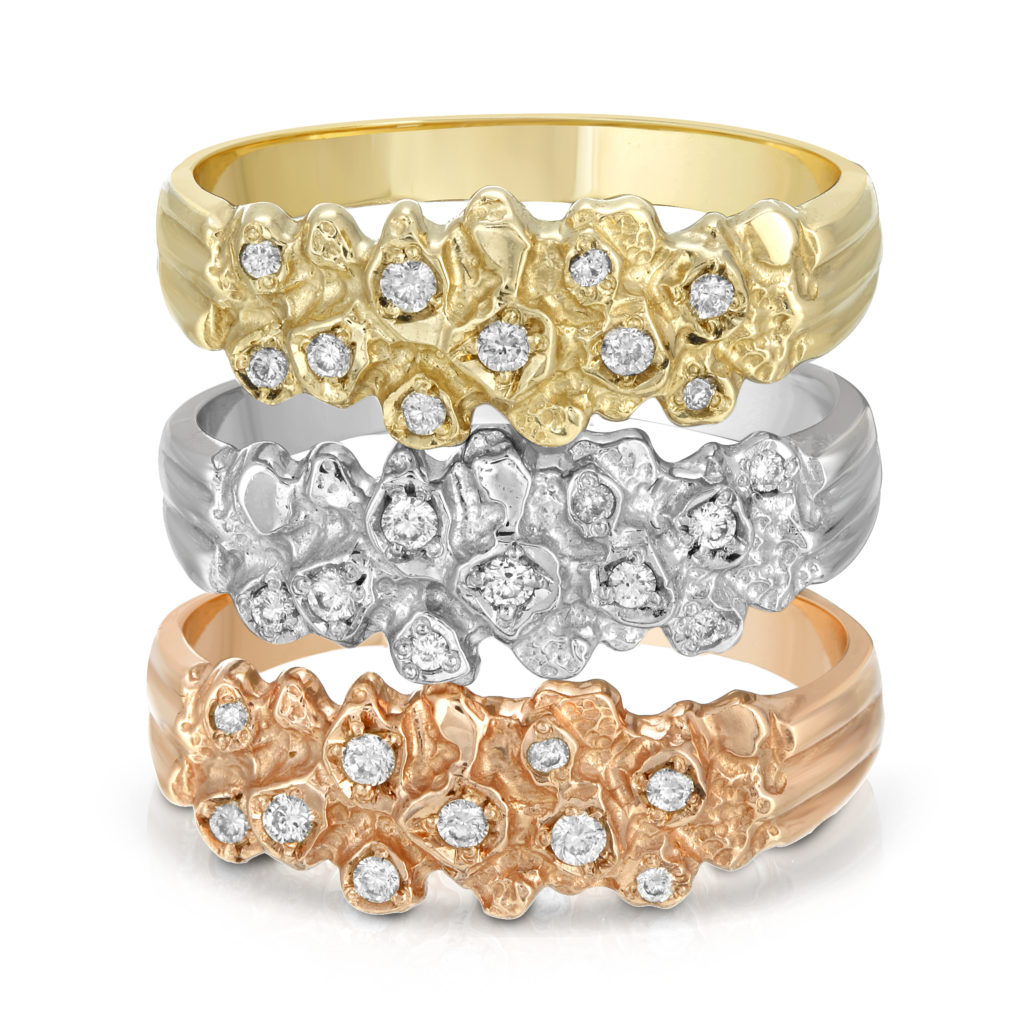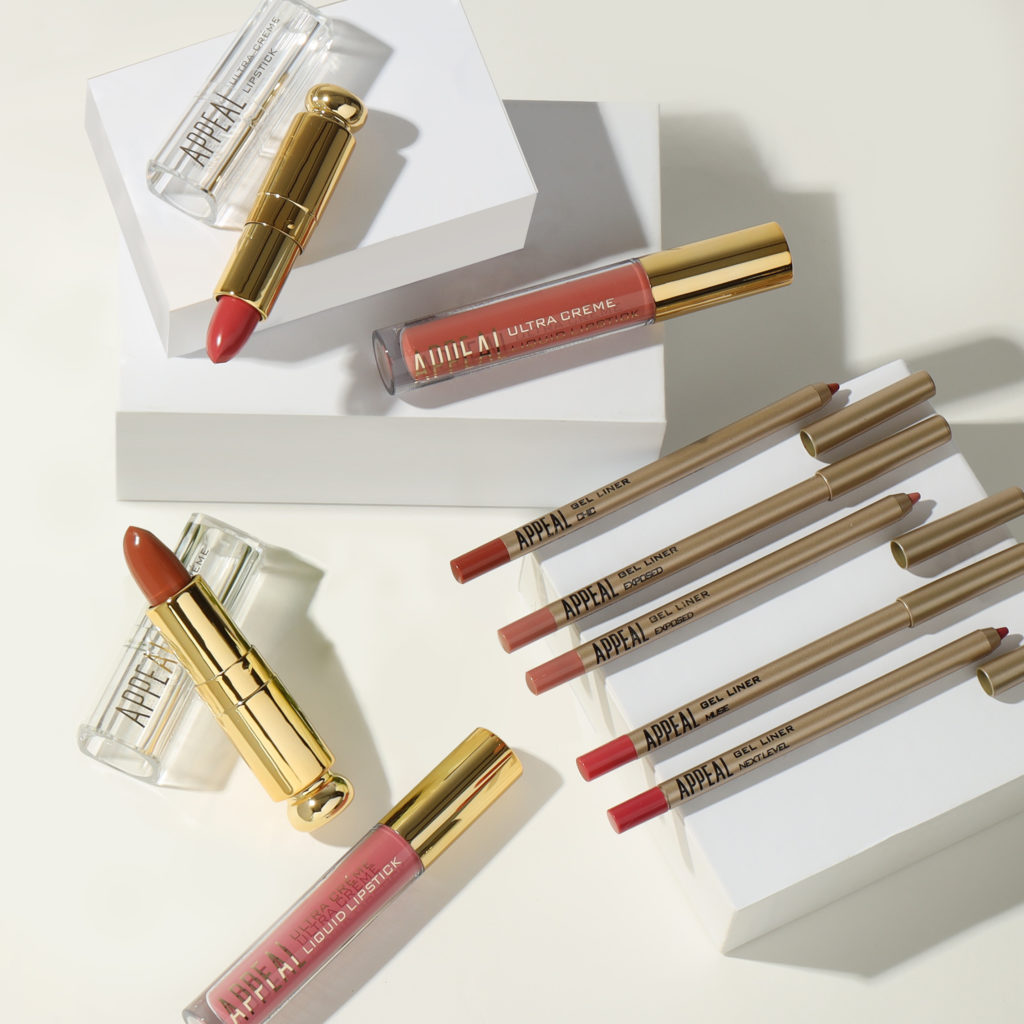Catalog fashion photography is essentially a type of product photography with the difference being that catalog photography features a model. Still, the focus of the photography remains on the products since the purpose of catalog photography is to provide information instead of telling a story.
Depending on whether you are working with a big retail brand and have the privilege to work with a producer or you are simply hired by a designer label and required to bear your own production costs, it can be a hectic process. Let’s look at what are the important elements you have to keep in mind to produce stellar fashion photography.
Get the specifics figured out during the client meeting
Before you accept any new gigs, it is essential to get all the details sorted out to ensure a smooth workflow and avoid any unnecessary issues. The important elements to discuss include the production budget of your client and what entails in the brief they provide. For instance, you must clearly understand the features of products that they want to highlight and understand the brand persona they want to portray to their target audience.
It is also important to discuss the concept and create a mood board and agree on it so that you can proceed forward with finding suitable models, hairstylists, and makeup artists that you need to hire. Don’t forget to calculate your daily rate depending on the effort and time you put in for your client.
Creating a suitable concept and mood board that is approved by your client will also facilitate the work of the makeup artists, hair designers, and models since they would have something to refer upon.
Pay special attention to communication with your co-workers
Communication is key in this field of work and the model, hairstylist, designer, makeup artist and all the other members of the team should know what is expected of them before they arrive at the work studio or location of the shoot. This includes the acceptable fashion poses they need to perform and the dress they need to wear.
As the photographer, you are responsible for fulfilling the vision that you want to capture in the shoot for your client. Thus, it can become tempting to adjust the poses of the models via bodily contact when they don’t understand your instructions in order to make the workflow more efficient.
This can be seen as a rude gesture since you are invading their personal space, especially if you do it without asking for their permission first.
One way to avoid such issues is to always maintain a high level of professionalism and be as specific with the posing instructions as possible. It is also crucial to treat the model, hairstylists, makeup artists, and other coworkers present during the shoot with respect no matter the type of photography you are doing.
Follow the best photography practices
Just like any other type of photoshoot, it makes sense to follow the best photography practices during catalog fashion photography as well. One of the most important photography practices is to adjust the lighting and the camera settings to create a dynamic scene with appropriate visual contrast and details. Thus, the subject in the scene should not be overexposed or washed out but should be vivid with sharp natural colors.
Ensure you choose the correct lens which is suitable for the scene. For instance, you can choose a macro lens to capture the intricate close-up details of the product.
Catalog photos typically feature a plain white or gray background to bring the focus to the product and highlight its feature set. It is also recommended that you don’t use any props and leave the background bare to minimize any distracting elements in the photographs. Finally, you must ensure that the model poses in a way that highlights the different features of the garments such as the zipper, pockets, and more.
Practice good work ethic
It is also recommended that you check the camera equipment before the shoot for any malfunctions to avoid any unnecessary delays. Make it a habit to fix simple things such as fixing a garment worn by the model that only takes a few seconds to adjust in order to avoid wasting time during the post-processing stage.
Oftentimes, clients that are inexperienced might choose pictures that are not that great. It is your duty to suggest better alternatives and explain to them why you think your choice is better based on your experience as a photographer. This is important since the photographs selected by your clients will become a part of your portfolio that you have to show to your future clients.
Don’t skip the post-processing
Color management, retouching, and composition management are some of the important steps that need to be taken care of during the post-processing stage using photo editing tools such as Adobe Photoshop and Lightroom. Photo editing software can be used to fix numerous imperfections, enrich the colors, adjust the saturation and exposure, increase the clarity of the pictures, and more.
However, your client may require you to represent the color of their products as accurate for both print and digital use. In such cases, you have to consider the printing and digital use of the pictures during the color management step. It is important to work on calibrated monitors during the retouching step.
It makes sense to outsource the work to an expert photo editor if you have to deal with hundreds of pictures. Just ensure that you communicate your requirements properly to prevent any mistakes.
Take care of the legal matters
It is recommended that you fully understand and take care of the copyright agreements, licenses, and permits to avoid any legal complications down the line. The most type of permit is a model release where they state they agree to be photographed and published.
However, these can be simple or elaborate which outlines exactly where the photographs can be used. Thus, be sure to read the specifics. It is also important to sort out the releases and agreements from the outset.
It can take years to fully master the art of catalog fashion photography. So, continue to practice your photography skills by accepting diverse projects and update your portfolio with every new project you accept to highlight your experience.




